An Archaeologist's Guide to Gujarat, India: Dholavira
While travelling through Gujarat this October, another important stop that I made was to the ancient city of Dholavira. Like Lothal, Dholavira is an ancient Harappan settlement, but it differs from Lothal in a number of respects. To reach Dholavira I travelled by car northwest of Vadodara for 9 hours, seeing a lot of rural Gujarat on the way. Dholavira is located in the Rann of Kutch, which is a large salt marsh in the Thar Desert in the Kutch region of Gujarat.
 |
| Google Maps |
Dholavira
During the winter months, the Rann of Kutch is a white salt desert, but during my visit in October the area is a water-filled lake with various birds and wildlife. You can still see some of the salt in the photo below.
The archaeological site of Dholavira is located on the island of Khadir Bet in the Kutch Desert Wildlife Sanctuary. The only way to reach the island is along a long and narrow two way road with water on either side. This proved quite eventful; my car was caught inside a herd of hundreds of cows on the way to the island, and then a large herd of goats and sheep on the way back out.
Being a very remote location, visitors are required to spend a night here in order to properly see the site. The closest accommodation to the ancient city itself is the Dholavira Tourism Resort. There are a range of rooms available, from 1500 rupee up to 5000 rupee a night.
Being a very remote location, visitors are required to spend a night here in order to properly see the site. The closest accommodation to the ancient city itself is the Dholavira Tourism Resort. There are a range of rooms available, from 1500 rupee up to 5000 rupee a night.
I stayed in the 2000 rupee (about 40 AUD or 28 USD) room, which included two single beds, a sofa and air conditioning, as well as a private bathroom. The accommodation is not luxurious but is suitable for a night or two, and wifi is available in the main reception area but not in the rooms. Each room is a cute little hut (mine pictured below), which is secured using a padlock and key. Although the power went out multiple times during the night I spent here, I found the accommodation to be adequate.
On my evening here, one of the locals who work at the resort pointed me toward the west, where I watched the sunset over the Rann of Kutch.
The ancient city of Dholavira is one of the largest Harappan settlements, and is the most prominent site that is located within India, with the largest two sites Mohenjo-daro and Harappa both falling within the borders of Pakistan after Partition. Dholavira was discovered in 1967-68 and has been excavated by the Archaeological Survey of India from 1990 onwards.
Unlike many of the other Harappan sites, Dholavira is built of stone. This is typical of Indus Valley sites in the Kutch region, where stone is a more readily available resource than mudbrick.
Everything about Dholavira is monumental. Upon approaching the entrance to the site, there is a huge reservoir to the right, now devoid of water.
Everything about Dholavira is monumental. Upon approaching the entrance to the site, there is a huge reservoir to the right, now devoid of water.
Climbing up the side of the site fortification, you are greeted by a view out over Khadir Bet island. This citadel is much larger than the Lothal citadel, and consists of public structures, houses, and an intricate system of wells, tanks and drainage.
The north gate of the site is the most significant, and contains one of the most remarkable finds throughout Indus Valley settlements. It is here that what has been interpreted as an large signboard was found. The signboard is believed to have been placed over the gate to the city, possibly depicting the name of the city, although this cannot be confirmed as the Indus script remains undeciphered. This is the only monumental example of the Harappan script that has been found to date, and a placeholder is present at the site to signify this intriguing artefact, the original having been removed for preservation.
The ancient site of Dholavira consists of seven settlement layers, the most recent including round rather than rectangular domestic structures in the citadel.
To the south of the citadel, outside of the fortifications, is another enormous reservoir cut into the ground.
Also outside the fortifications, to the north of the upper city, is the middle and lower town which were primarily residential. The houses included small toilets and drainage channels ran along the outside of each house.
Near the entrance to the archaeological site complex is the Dholavira site museum, which houses some of the finds from the settlement and provides information on the Indus Valley civilisation. The museum is open daily, except for Friday. This time I arrived on a day when the museum was open, and had the chance to take a look around. The museum workers had me sign the guestbook on my way out, which was filled with comments from travellers from around the world.
In Summary
Although not the easiest location to reach, visiting Dholavira in person was an amazing opportunity. Some of the artefacts that I am studying came from here, and wandering around the ancient site I could imagine what it would have looked like during its peak in ancient times.Most people have heard of the ancient civilisations of Egypt and the Middle East, with their monumental temples and palaces, and respective hieroglyphic and cuneiform writing systems. The Indus Valley civilisation was initially thought by archaeologists to be less remarkable than these other civilisations as huge palaces and temples were not found, but over time as we find out more and more about the Harappans we find that they were exceptional in their own right, with advanced technology, precisely planned architecture and measurement systems, and an enigmatic but elusive writing system.
In future, I hope that more people travel to these ancient sites to see for themselves the legacy of the ancient peoples in the Indian subcontinent.
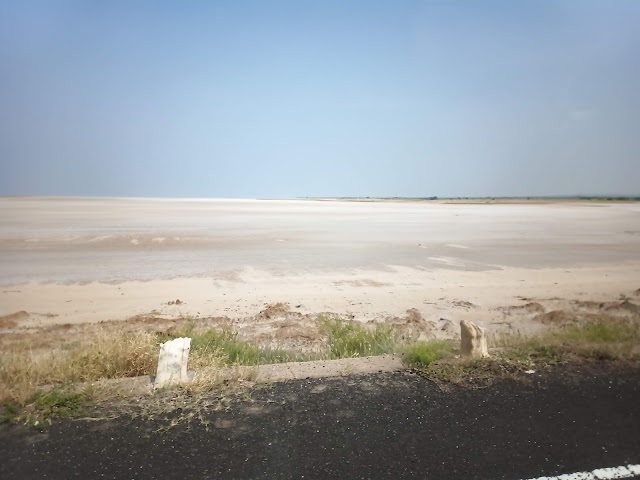


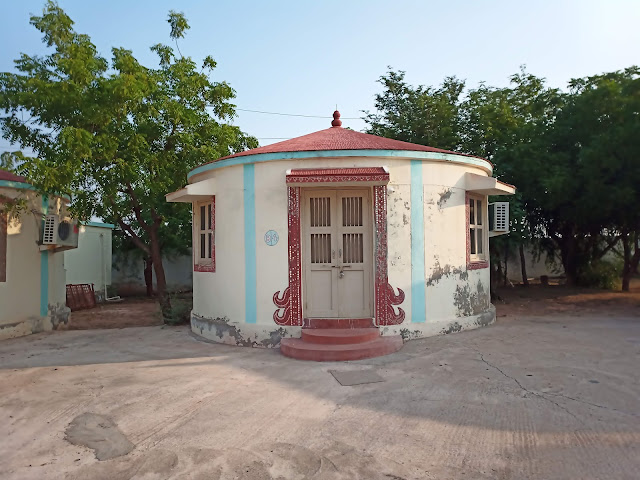

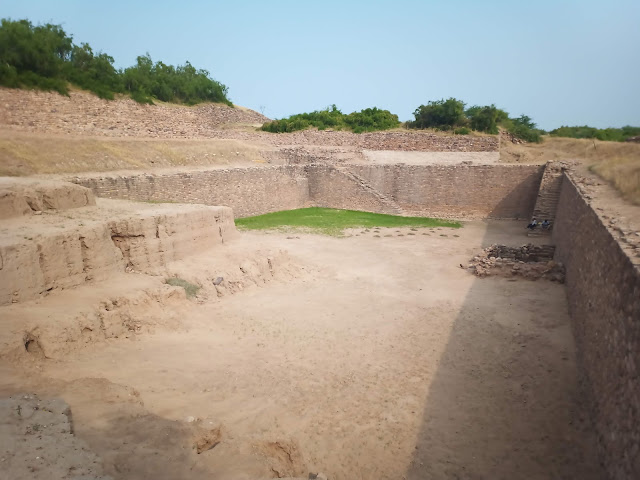






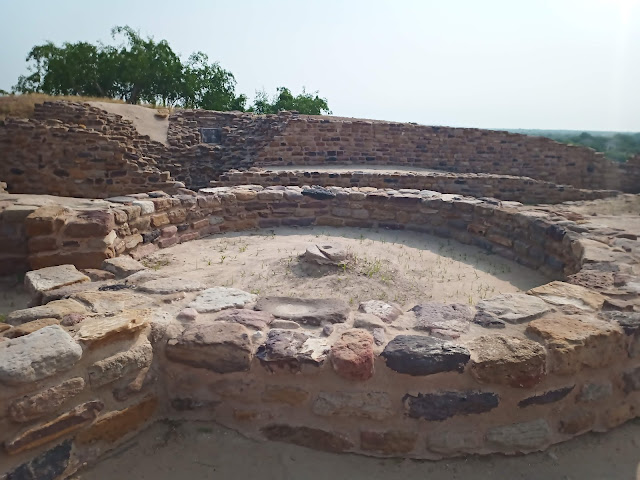


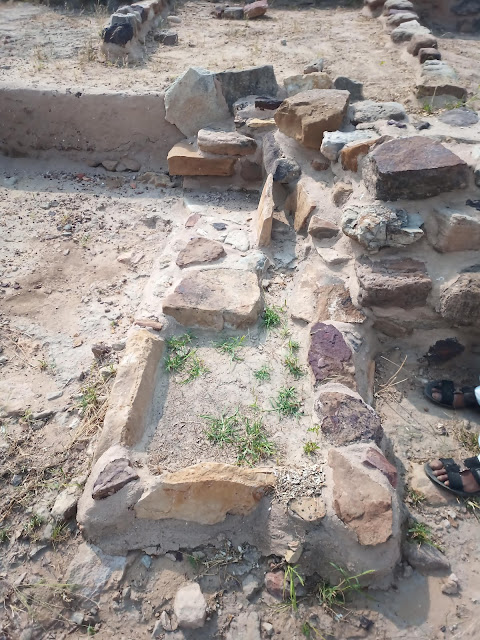




Comments
Post a Comment